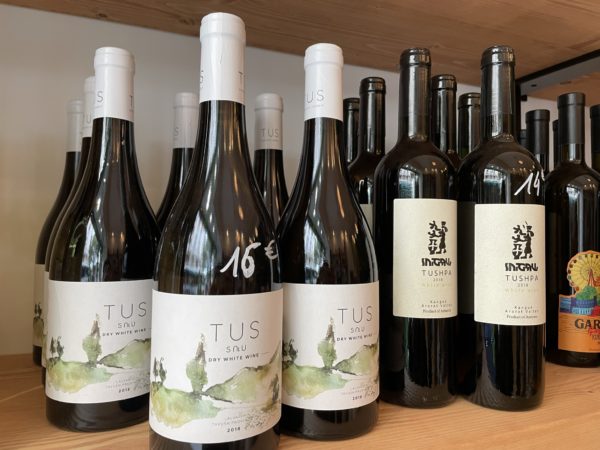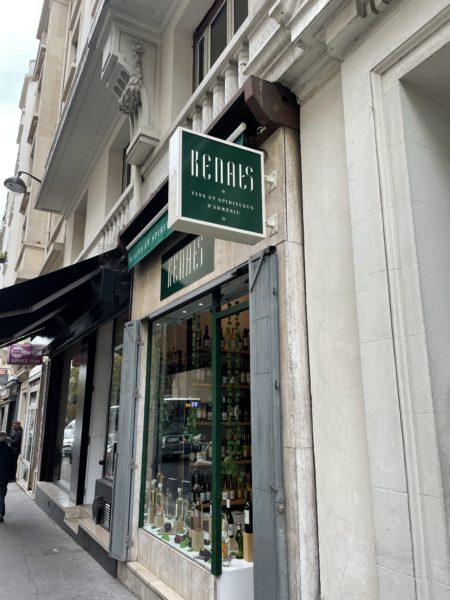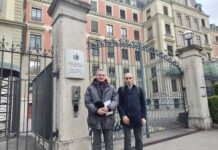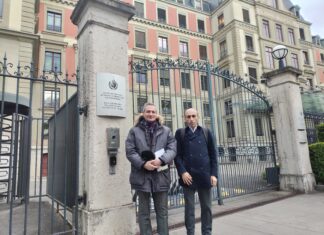PARIS — When a French person is wondering about which wine would be the best to drink with a “boeuf bourguignon” (a French meat ragout), Shant Zadourian always advises the Tushpa one. This red wine comes from the Haghtanak field, in the Armenian mountains, and it’s just strong enough to stand up to the dish. Since last July, Paris has had its first shop of Armenian wine, Kenats. Owned by Zadourian, a French-Armenian merchant, it’s the only one to offer around one hundred types of Armenian wines and spirits. So far, it has been a hit with Parisians.
Kenats means “cheers” in Armenian. What could be more appealing to a wine fan? Maybe the atmosphere of the little green and brown shop, decorated with eye-catching bottles and grapes. Inside, a huge map of Armenia with regions of wine production is displayed in the center, with explanations.

Zadourian owns this shop with his family. They have sold the wines through a website for one year now, and the opening of his shop is a way to increase sales and promote Armenian products in the middle of Paris. Zadourian offers nearly 70 brands of wines, such as the red ones, like Garoun and Sutak, or white ones, such as the Matevosyan. He also sells 20 brands of spirits, like the Proshyan vodka, with pomegranate flavor, or the Arax one, infused with mint. This selection appeals to Parisians since 95 percent of Zadourian’s customers are French people without Armenian origins.
He also works with restaurants in Paris, especially Israeli ones, which are keen on oriental wines. One of his greatest successes is the AreWine, a natural wine famous for its country taste and pioneering method of production. For many generations, the winegrowers of AreWine have only been women and they age the wine 9 months in terracotta vats.
Armenian Vineyards of Note
Zadourian runs his business primarily in Paris, but he also travels extensively in Armenia to exchange information and have human contact with winegrowers. The wines he sells are produced in four regions of Armenia: Armavir, Vayots Dzor, Ararat, and Aragatsotn. These regions are known as wine producers since one of the oldest wine caves in the world was located in Vayots Dzor. The Aragatsotn region is famous for its diversified climate, with its soil principally volcanic, rich in limestone, which is the most suitable for producing wine. The Tavush region is smaller and at a lower altitude, but is equally good for making good wine with its natural and humid climate.












